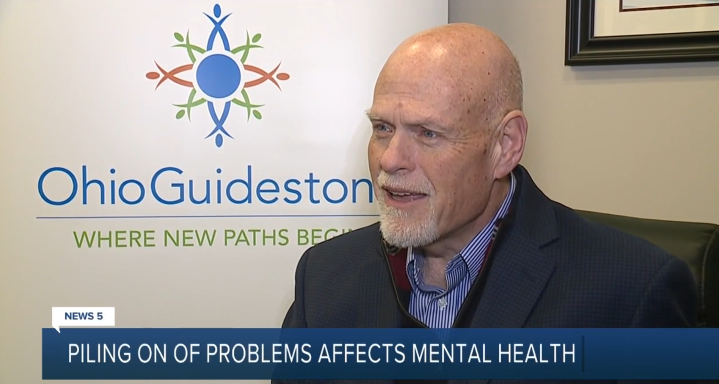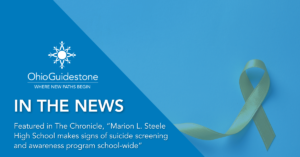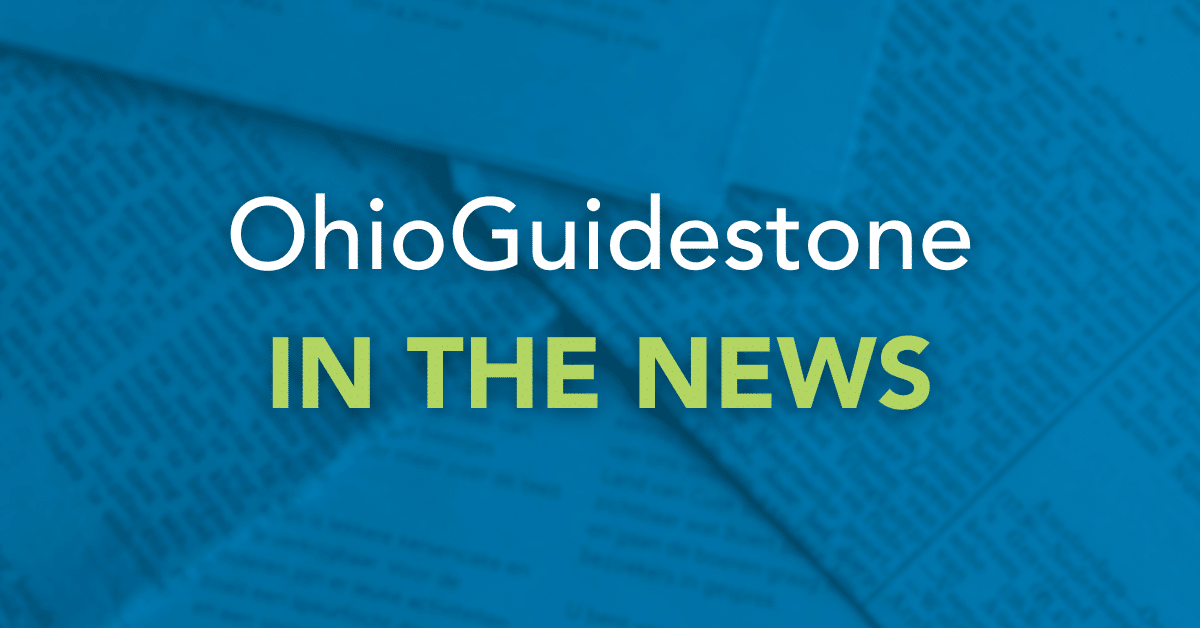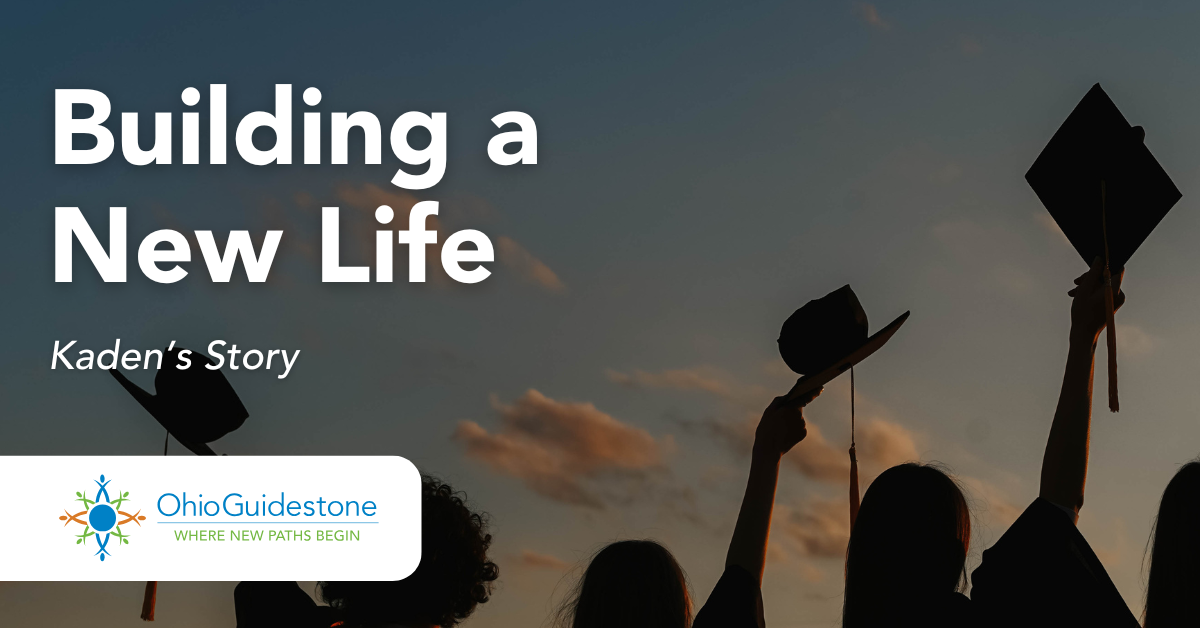Overdose- 7 Signs, How to Save a Life & More
It’s National Prevention Week, May 12-18. This week highlights the importance of prevention education for substance use and promoting mental health and well-being. These efforts also need to be centered in areas situationally and geographically where individuals need them the most. Overdoses in Ohio have skyrocketed in number. Knowing the symptoms of an overdose can help bring that number down.
Unintentional Overdoses
Ohio has the 7th highest drug overdose death rate in the country. Death from overdose occurs when too much of the drug overwhelms the brain and interrupts the body’s natural drive to breathe.
In 2021 Ohio’s unintentional drug overdose deaths reached an all-time high. The good news is that our prevention efforts are working, but we continue to see the need to focus on unintentional drug overdoses, especially related to the drug Fentanyl.
Fentanyl has become a factor in the increasing numbers of drug overdose deaths. In 2022, fentanyl was involved in 81% of unintentional drug overdose deaths in Ohio, often when it’s combined with other drugs. Recent numbers are showing a shocking increase in the rates of overdoses related to drugs categorized as stimulants.
This alarming data underscores the urgency for the public to be informed on what they can do to help prevent overdose.
Learn to Recognize Signs of an Overdose
To be able to help prevent overdose, you must first know the signs and symptoms of an overdose.
The following are 7 signs that someone may be experiencing a drug overdose:
- Small, constricted “pinpoint pupils”
- Slow, shallow breathing
- Discoloration of lips and nails
- Choking or coughing
- Cold or clammy skin
- Dizziness and disorientation
- Not responsive
What to do If you suspect someone is experiencing a drug overdose:
- Call 911
- Administer Naloxone if available
- Try to keep the person awake and breathing
- Lay the person on their side to prevent choking
Naloxone Saves Lives
Naloxone is a medication that can reverse an opioid overdose. Naloxone works by blocking the effects of the opioid on the brain allowing the individual to begin breathing.
Naloxone is available for free for anyone in Ohio who wants to help save lives. Administering Naloxone immediately can help to prevent a death by overdose.
Note: Naloxone will not harm anyone, even if it is given to someone without opioids in their system.
Visit NaloxoneOhio.gov to learn more.
How You Can Help
The best way to prevent overdose is to link individuals struggling with substance use to a qualified treatment provider.
Treatment providers can work with individuals and help them understand their options for recovery.
Medication Can Boost Recovery Efforts
One option for recovery is the use of medications to help individuals obtain and maintain sobriety. Medication Assisted Treatment, commonly referred to as MAT, is the use of medications in combination with behavioral therapy to help individuals maintain sobriety.
Medication works by reducing cravings and allowing an individual to focus on their recovery. OhioGuidestone offers a full continuum of substance use care including residential treatment, intensive outpatient (IOP), non-intensive outpatient (NIOP), individual, group and family counseling, substance use targeted case management, peer support, recovery housing and more.
Offering Help Where the Need is Greatest
OhioGuidestone works to help reduce the risk of overdose by reaching individuals where they are, which in many cases is in a correctional facility. OhioGuidestone’s Project Direct Link (PDL) connects these individuals to life saving medication assisted treatment while incarcerated and upon release.
While incarcerated, an individual’s tolerance to opiates decreases resulting in a higher risk of overdose if the individual is to use opiates once released from incarceration.
SAMHSA reports that there was a 10-40x higher risk of death from overdose within two weeks of release from prison.
Life Saving Tools of Project Direct Link
Medication Assisted Treatment (MAT) is an effective tool Project Direct Link offers to individuals before their release back into the community. MAT (often the medication Vivitrol) reduces the risk of overdose and assists in recovery and boosts an individual’s efforts to begin a new life.
In Northwest Ohio, Project Direct Link is successfully reaching individuals incarcerated at the Lucas County Corrections Center, Correctional Treatment Facility, Wood County Justice Center, and Northwest Community Corrections Center.
Case Management and Counseling to Remove Barriers
In addition to medication, Project Direct Link connects individuals with treatment services which can include counseling and case management upon release to ensure the individual is linked to a treatment plan and has no barriers that might interfere with their continuing recovery.
Successful reintegration into the outside community relies on addressing an individual’s basic needs and ongoing substance use treatment.
A Plan that Works
Recovery is possible. Individuals struggling with substance use and/or mental health do get better. But it’s not a one-person project.
Education, awareness and treatment are vital to prevent overdoses, and bring down the number of overdose deaths in Ohio. We can all help by supporting prevention awareness, and programs like Project Direct Link that connect individuals to recovery support.
Each one of us can play a part in preventing overdose and helping to improve the well-being of others, not just during this prevention awareness week, but every day and every week.
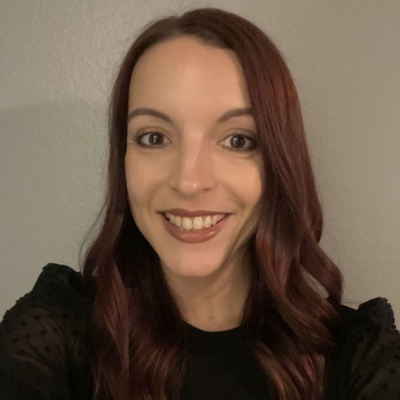
Graham, Victoria LPCDC-S is Regional Director of Operations at OhioGuidestone

Marvin Houston M.Ed., LPC, LICDC-CS is Assistant Director of Operations at OhioGuidestone, and has been awarded AOD Professional of the Year by the Lucas County MHRS Board. He was recently interviewed on WTVG-TV

